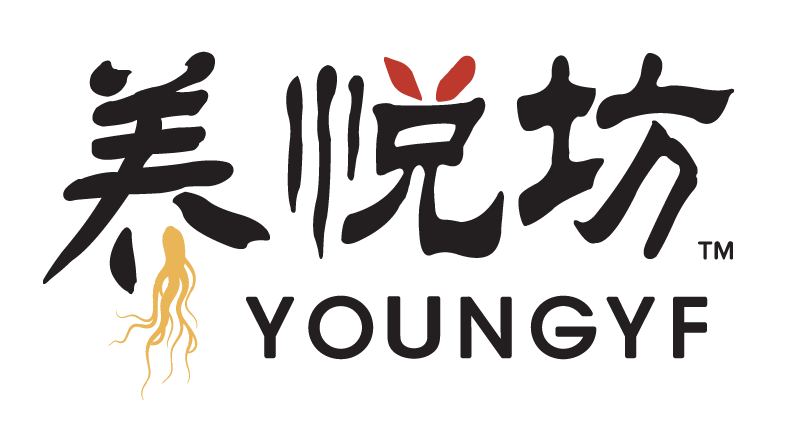Confinement food can aid in postpartum recovery.
Read for more information on what to eat and what foods to avoid after childbirth.
The confinement period, also known as the postpartum period, is a traditional practice in many cultures where new mothers focus on rest and recovery after childbirth, typically for a period of one month (or 30-40 days).
-
Purpose:The confinement period aims to help the mother’s body heal from childbirth, restore her strength, and bond with her newborn.
-
Duration:While the duration can vary by culture, it often lasts for about 30-40 days, also known as “sitting the month” in Chinese culture.
-
Practices:During this time, new mothers are encouraged to:
- Rest: Prioritize rest and avoid strenuous activities.
- Eat specific foods: Consume certain foods believed to promote healing and milk production, such as chicken cooked in sesame oil, and avoid “cooling” or raw foods.
- Avoid certain activities: Some practices discourage going outside, washing hair, or engaging in activities that could cause stress or strain.
- Rest: Prioritize rest and avoid strenuous activities.
-
Cultural Variations:Confinement practices vary across different cultures, with the Chinese, Malay, and Indian communities having their own unique traditions.
-
Modern Approach:While traditional practices remain relevant, many mothers now choose a more flexible approach, focusing on rest, good nutrition, and seeking support from family and friends.
What Is Confinement Food?
Confinement food is a special diet, traditionally practiced in many Asian cultures, designed to nourish postpartum mothers, promote healing, and boost milk production, often featuring specific ingredients and cooking methods believed to be beneficial.
-
Purpose:Confinement food aims to support a new mother’s recovery after childbirth, address nutritional needs, and encourage lactation.
-
Cultural Significance:The practice of confinement food is deeply rooted in various Asian cultures, including Chinese, Indian, Malay, Indonesian, Korean, and Japanese traditions.
-
Key Ingredients:
- Proteins: Chicken, fish (like snapper or cod), eggs, and pork are common choices.
- Herbs & Spices: Ginger, garlic, red dates, and goji berries are often used for their perceived health-boosting properties.
- Other Foods: Papaya, oats, and certain soups are believed to promote milk production.
- Proteins: Chicken, fish (like snapper or cod), eggs, and pork are common choices.
-
Cooking Methods:Traditional methods like steaming, braising, and stewing are favored to preserve nutrients and promote digestibility.
-
Examples of Confinement Dishes:
- Pigs’ trotters cooked with ginger and vinegar.
- Fish soup boiled with papaya.
- Chicken cooked in sesame oil.
- A traditional tonic brewed from 10 herbs.
- Pigs’ trotters cooked with ginger and vinegar.
-
What to Avoid:
- Some cultures advise against consuming “cooling” foods like cucumbers or certain fruits.
- Fried foods and processed foods are often discouraged.
- Some cultures advise against consuming “cooling” foods like cucumbers or certain fruits.
-
Beyond Food:Confinement practices also include rest, avoiding cold drafts, and maintaining a warm environment.


